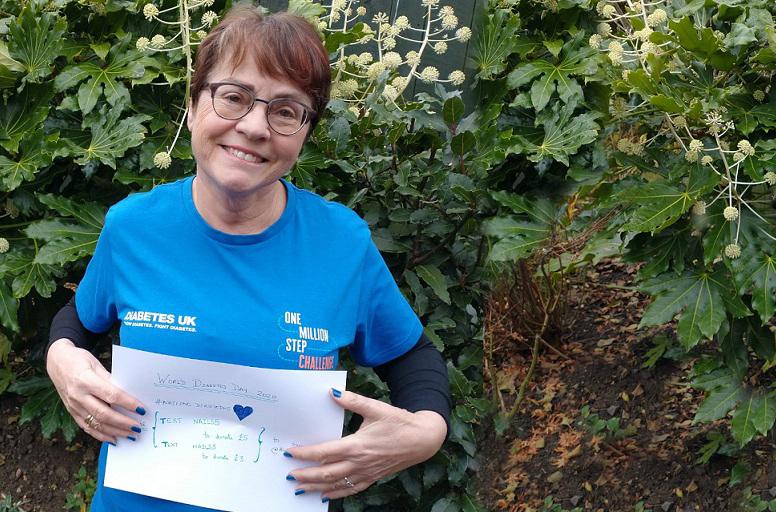
Mary Hamilton
Diagnosed with type 1 diabetes in 1980
Diabetes UK raises an incredible amount of money and seem to be the main researchers into diabetes in this country. I’d just love them to find a cure.
Mary talks about how technology has made her life easier and her diabetes more manageable, just one of the reasons she's been fundraising for us for years. Mary hopes to drive our pioneering research forward – to find better treatments and to ultimately find a cure for the next generation.


